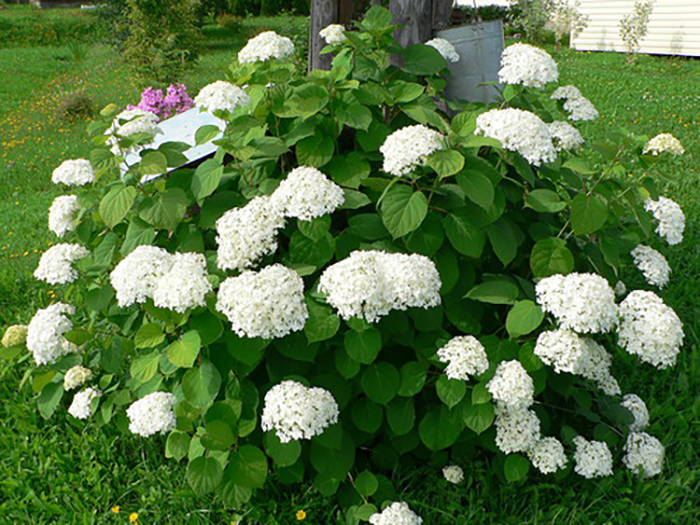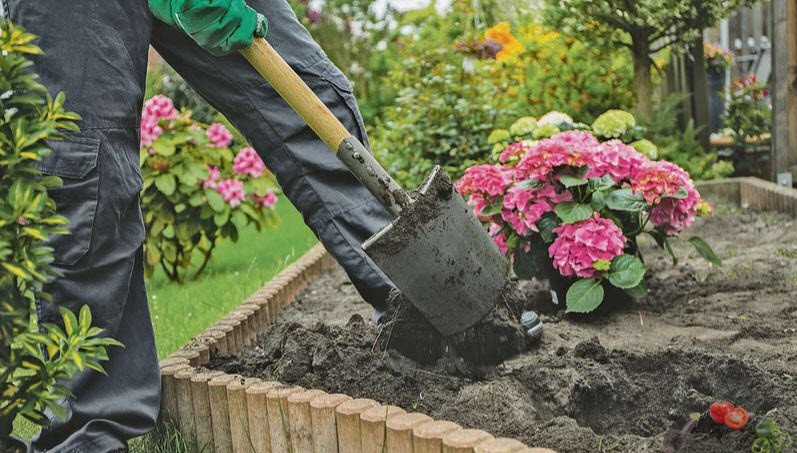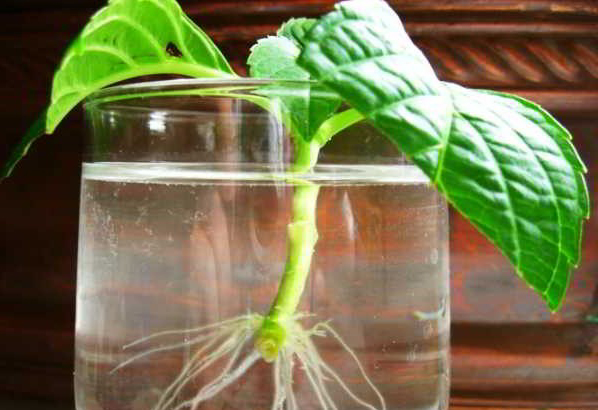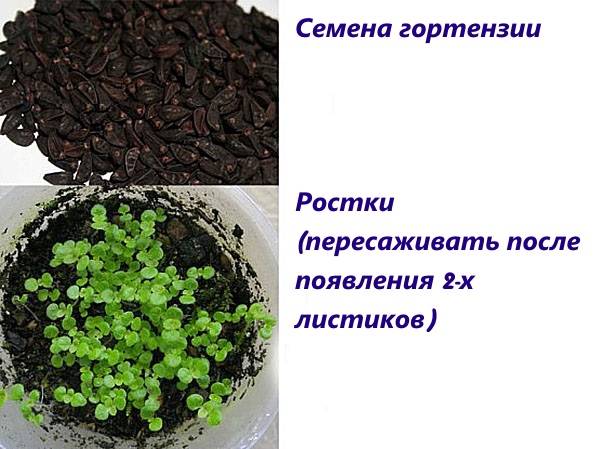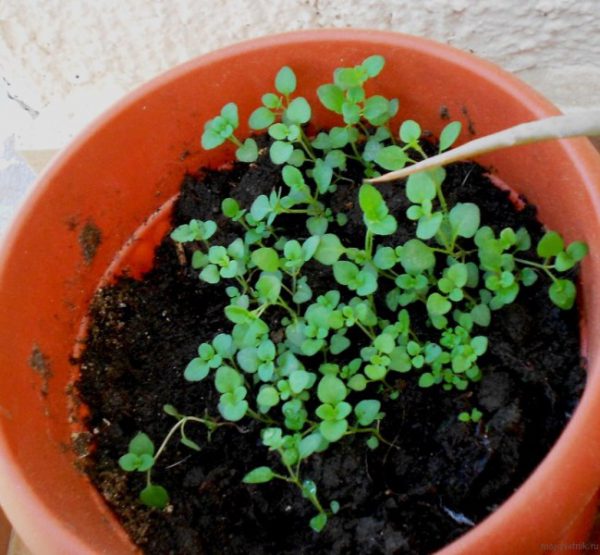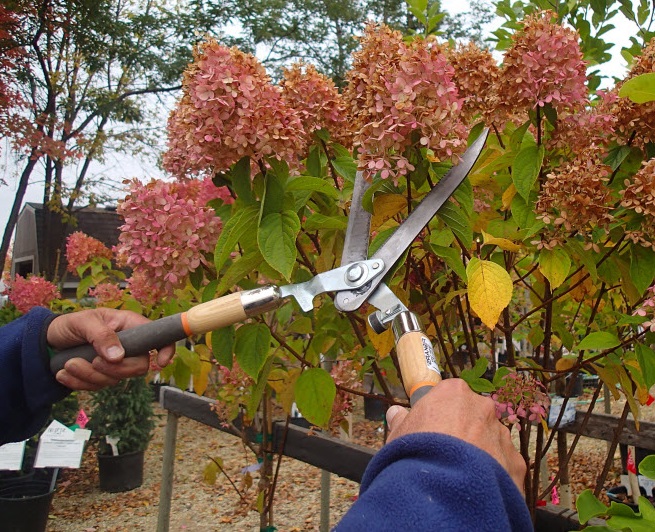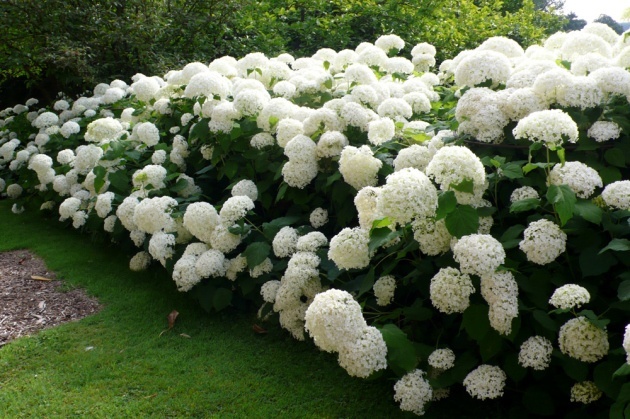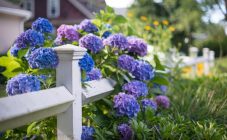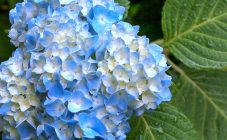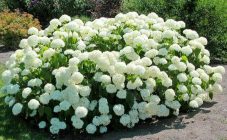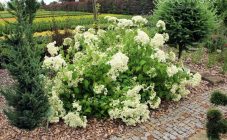Content:
Treelike hydrangea is a flowering bush that came to our latitudes from North America. This plant belongs to the hydrangea family and has a number of features. First of all - the height of the bush, maybe from 1 to 2 m, and large inflorescences with a diameter of 15 cm of a pleasant color.
Treelike hydrangea blooms very luxuriantly, from the middle of July to October. The best growth is observed at temperatures not exceeding 20 ° C. In addition, the plant is striking in its resistance to frost. Even if you had to endure very severe cold, in the spring the branches begin to grow actively.
Almost every stalk is able to take root.
Compared to its paniculate and other relatives, tree hydrangea is more tolerant of lime in the soil. On its basis, special varieties were developed that are suitable for residents of all regions, be it the Moscow region or the cold Urals and Siberia. These are the varieties Annabelle, Strong Annabelle, Grandiflora, White House, Invincibelle.
How to plant tree hydrangea
If the region is warm, it is recommended to place this type of hydrangea in an openwork penumbra. If the planting was carried out in direct sun, then the shrub will also grow well, but it will be necessary to water it more often.
Landing time, as well as location, also depends on the regional climate. Both in spring and in autumn, only residents of the southern edges of Russia can plant a tree hydrangea, in other regions it is recommended to do this only in the spring, so that the plant has more opportunity for adaptation.
The principle of planting a culture is as follows:
- Initially, a planting hole is prepared with a diameter sufficient to accommodate the rhizome. A small amount of sand and humus is necessarily introduced into the pit.
- Before planting directly, the roots must be carefully examined so that they do not have dry or damaged parts. In length, all roots should be approximately the same and not tangled with each other.
- Place the seedling so that the root collar is flush with the soil surface. In order for the roots to take root sooner, before planting, you can hold them for a couple of hours in a heteroauxin, and then plant them in a permanent place.
- After planting, the hydrangea is watered with a large amount of water, and since the soil under the plant settles, the missing soil is filled up. In the future, it will be necessary to constantly maintain soil moisture, since it is extremely necessary for the tree hydrangea for normal rooting and development. Under normal conditions, water is added 1-2 times a week, the water temperature should be about 20-25 ° C.
Care and reproduction at the initial stage
Breeding this variety is possible in several ways: cuttings, layering, dividing the shrub and seeds.
Cutting is recognized as one of the most effective methods. It is necessary to choose a stalk so that it has 2-3 pairs of leaves, which are cut in half. Slices of each branch are treated with root growth stimulants. The prepared planting material is planted in well-moistened and fertilized soil.The most suitable option is greenhouse conditions, but you can also go directly into the open ground. Then the cutting is buried in the ground for a couple of lower buds and covered with a plastic glass for about 20 days.
In turn, in order to propagate the plant by layering, you will need to choose a strong and strong shoot, and then bend it to a small hole made in the ground in advance. After the branch is "laid", sprinkle it on top with a layer of earth and secure it with a wire pin so that it does not return to the opposite position. For the whole summer, it will be necessary to fill up the soil 3-4 times more in the groove. One year is enough for the diverting seedling to sprout good roots and it could be cut with pruning shears from the mother bush. After separation, the cuttings are grown in a shady place and only after 1–2 years are transplanted again, but already to a permanent place.
The fastest way to reproduce tree hydrangea is the usual division of the bush. It is taken out of the ground, divided into several parts using a sharp ax or shovel. The resulting new bushes are planted in permanent places and continue to take care of them, as well as adult plants.
Growing hydrangeas with tree seeds
It takes much longer to grow hydrangeas from seeds, but this method also has its advantages.
The seeds can be planted directly in open ground or in special containers (by seedling method). In the first option, a suitable shady place is selected and at the beginning of May the culture is sown. Landing takes place in several stages:
- Cleaning and preparation of the land (removing weeds, fertilizing the soil with compost or humus).
- Formation of the garden.
- Spreading seeds, each need to be lightly pressed into the ground, but not buried.
- Spreading sand over the crop area to create additional drainage.
- Gentle spraying of the made beds with water.
If everything was done correctly, the first shoots will appear in a month. The main thing is to constantly remove the thickets, feed and water the plant.
Growing hydrangeas in boxes or containers is a much more painstaking process:
- Seed preparation and germination. To do this, put a little cotton in a saucer, spread the seeds on it and cover with another layer of material. Then pour some water and wait a few days until the seeds swell and sprouts appear.
- Preparation of soil and boxes. The land for a tree hydrangea should contain humus, sand, peat, turf and leafy soil. Wooden crates work best as containers.
- If all the planting material is ready, the germinated seeds are sown in boxes filled with soil and also lightly sprayed with water. After that, it is additionally required to cover everything with glass or film. The optimum temperature for seedlings is 14-20 ° C.
- When the first shoots appear, there is no longer a need to cover the boxes. On the contrary, they begin to ventilate the soil and monitor the humidity.
- As you grow, you will need to dive the culture twice more and take it outside during the day for hardening (but not under direct sunlight).
Thus, the seedlings are prepared in pots for two years, cutting off the ovaries of the buds in time to help the plant grow the root system more quickly. The culture is considered ready for transplantation to a permanent place only by the third year of life.
Adult plant care
Taking care of the tree hydrangea is easy. The main thing is abundant watering, bush formation, soil mulching and periodic feeding.
Each variety of this ornamental shrub loves liquid, and at least once a week it is necessary to apply up to 10-15 liters of water under the bush.
For the entire growing season, fertilizers are applied on average 4 times:
- With active growth of shoots (mineral substances with an increased nitrogen content are introduced).
- During the formation of buds (add potassium sulfate and superphosphate).
- And two more dressings for the rest of the season (also with potassium sulfate and superphosphate).
It is important not to forget about mulching. It should be produced immediately after the start of active growth of shoots. Sawdust or peat are suitable for this. They need to make a layer 5–8 cm thick.
In early spring, formative pruning is also carried out, which helps the treelike hydrangea to grow stronger branches and inflorescences. If you leave a shrub too thick, food will not circulate correctly in it and the ovary of flowers will suffer. Therefore, you need to remove some of the shoots. After formative pruning, the plant is additionally fertilized with a mineral complex.
In addition to formative pruning, sanitary pruning is also performed (old, dried, diseased or broken branches are removed).
In some cases, despite all the efforts, the culture is not happy with flowering. This can happen for a number of reasons:
- excess or lack of moisture;
- transplant stress and overly long plant adaptation;
- incorrect pruning;
- freezing of the kidneys in winter;
- varietal features;
- incorrectly selected and applied fertilizers;
- diseases and pests.
When identifying the reason for the lack of flowering and eliminating the problem, the tree hydrangea will definitely form ovaries and give excellent buds.
Tree hydrangea in autumn and winter
Already in September, less watering is done, gradually reducing it until it stops completely. If the fall is rainy, you cannot do without additional shelter from excess moisture. For this, a regular wire frame and film are suitable. Such measures are necessary to protect the roots from excessive moisture before overwintering. At the same time, it is not necessary to wrap the plant too much in order to avoid rotting.
With the arrival of cold weather, the culture begins to shed its leaves and it is recommended to help the ornamental shrub with this. To do this, cut off all the inflorescences and the upper part of the stems. When all the leaves and part of the shoots are cut, it is better to tie up the bush and cover the soil around it with an additional layer of mulch.
In the southern regions, it is possible not to wrap up the shrubs for the winter, but for the middle lane and northern edges this is necessary.
Landscaping Tips
You can combine this ornamental shrub with many types of crops. Here you should take into account both the location of the flower garden and the features of the site.
In sunny places, together with tree hydrangea, spirea, mock orange, lilac will feel great. Hydrangea looks very harmonious near the reservoir, filling the space and becoming the main compositional element. Together with it, they will take root near the water and complement the appearance of the host and astilbe.
You can not be afraid to plant this species near fruit trees. A fruit tree will not harm the ornamental shrub, but the second one will only add volume and attractiveness to the entire garden.
Treelike hydrangea is an amazing and incredibly attractive shrub that can liven up any terrain with its appearance.
